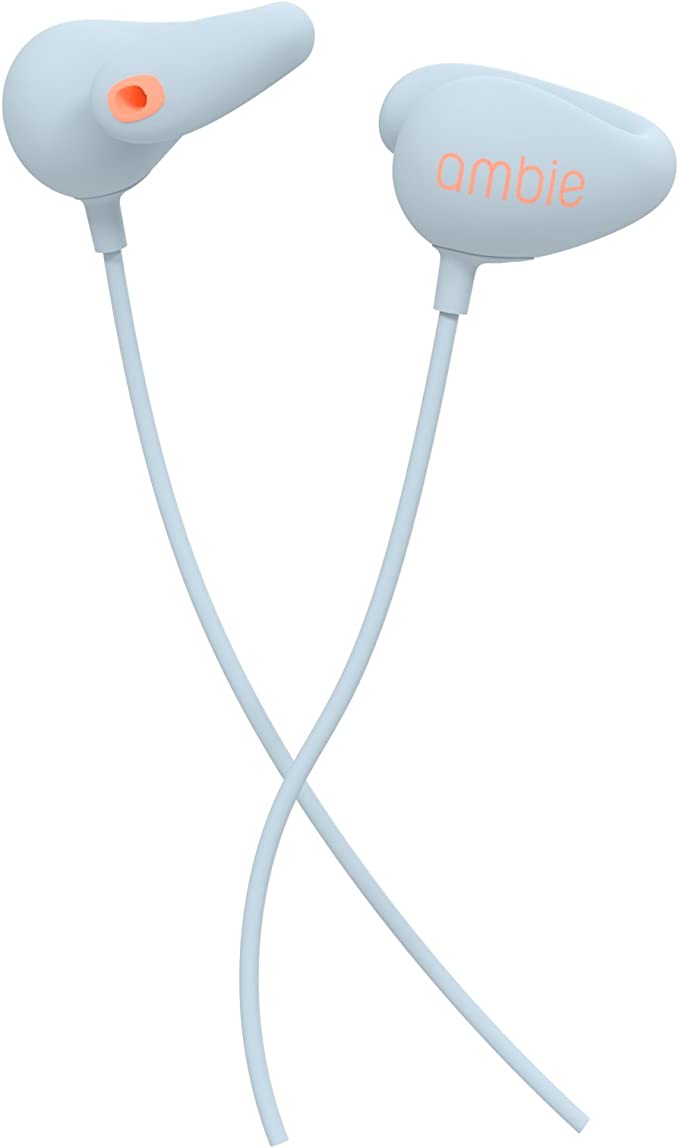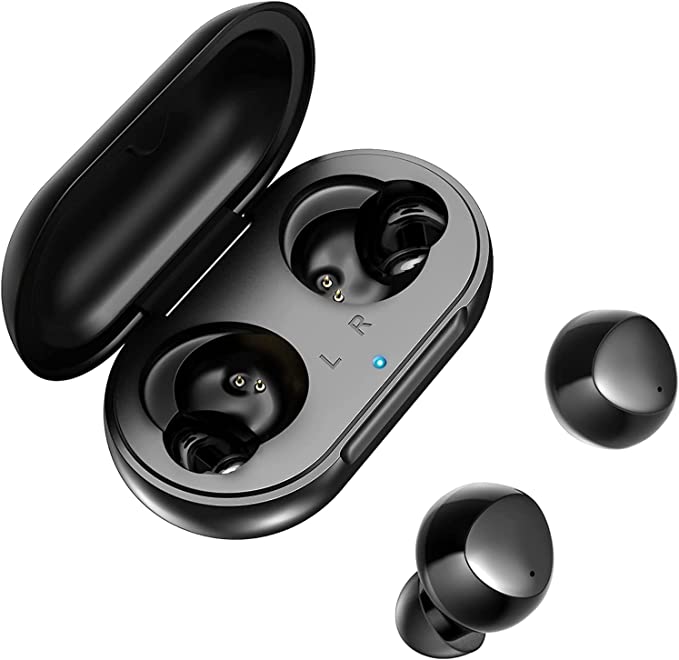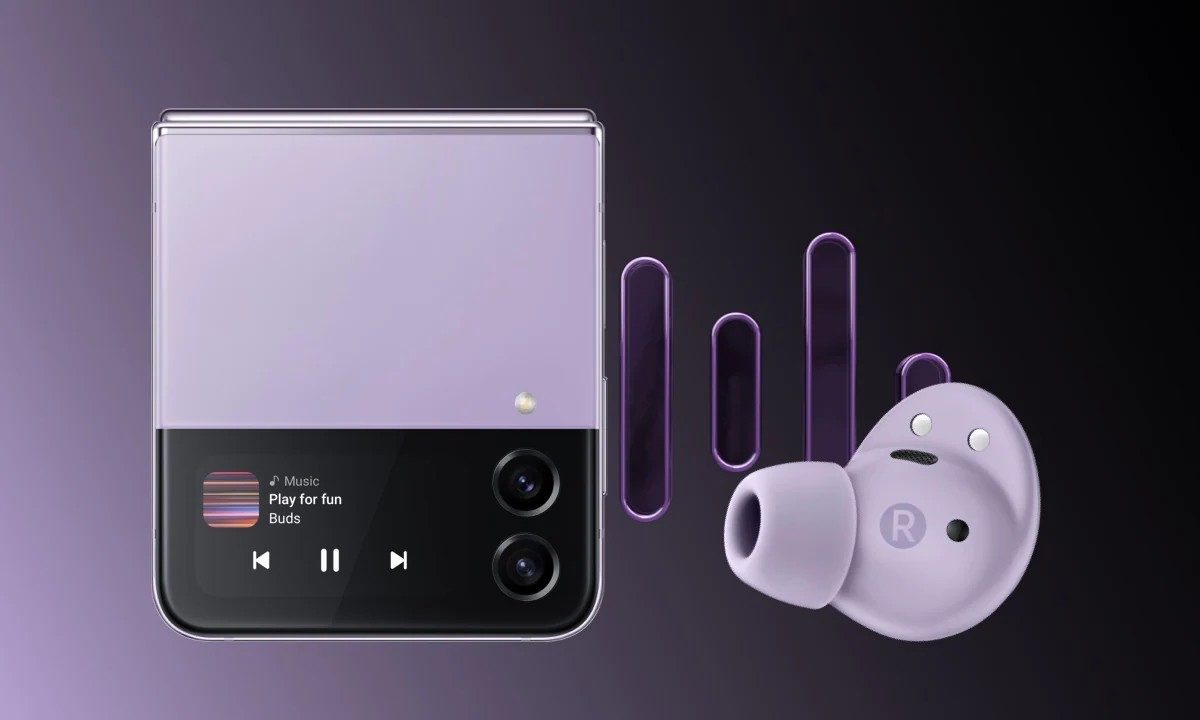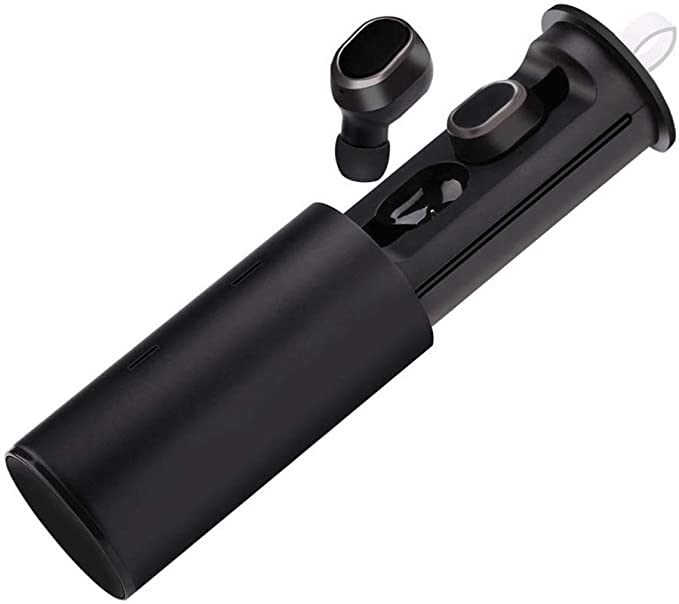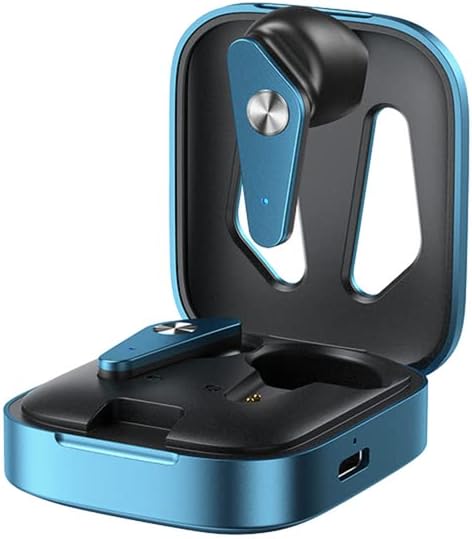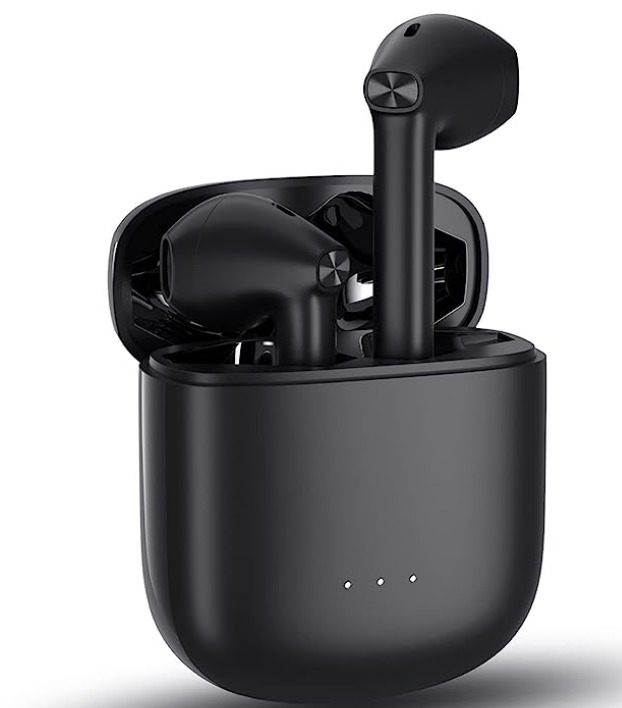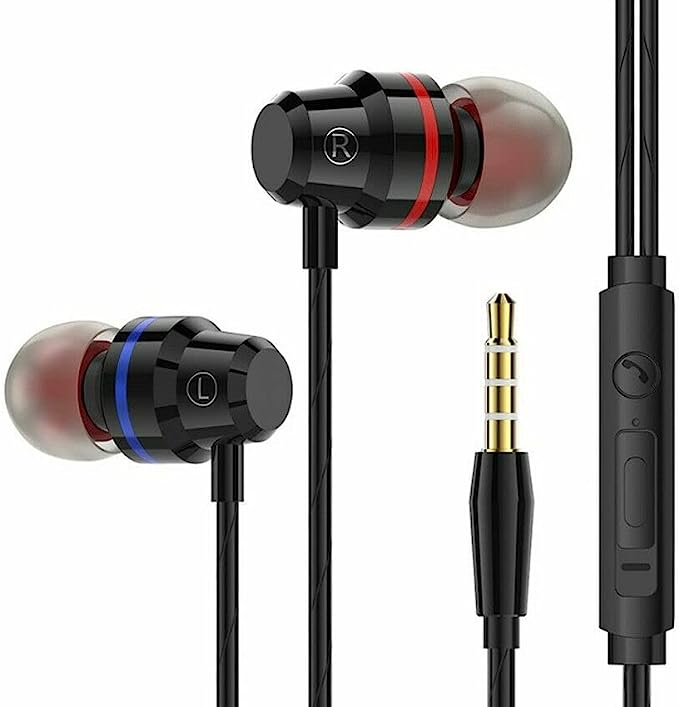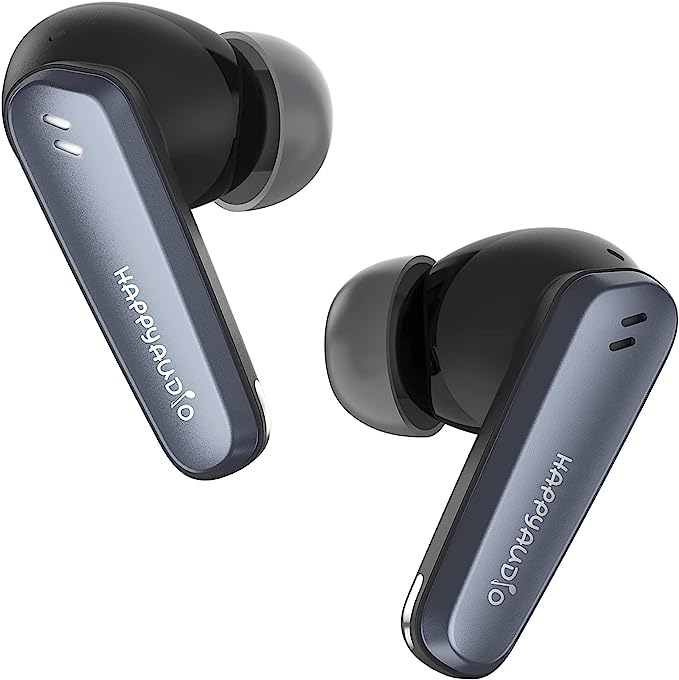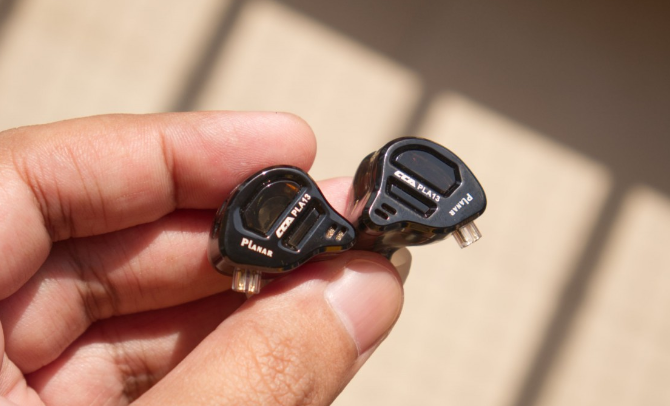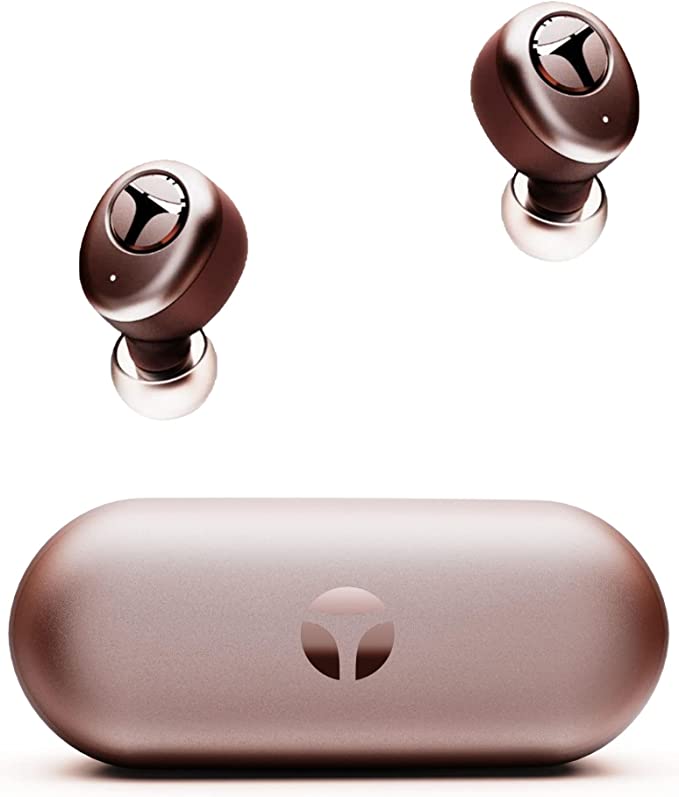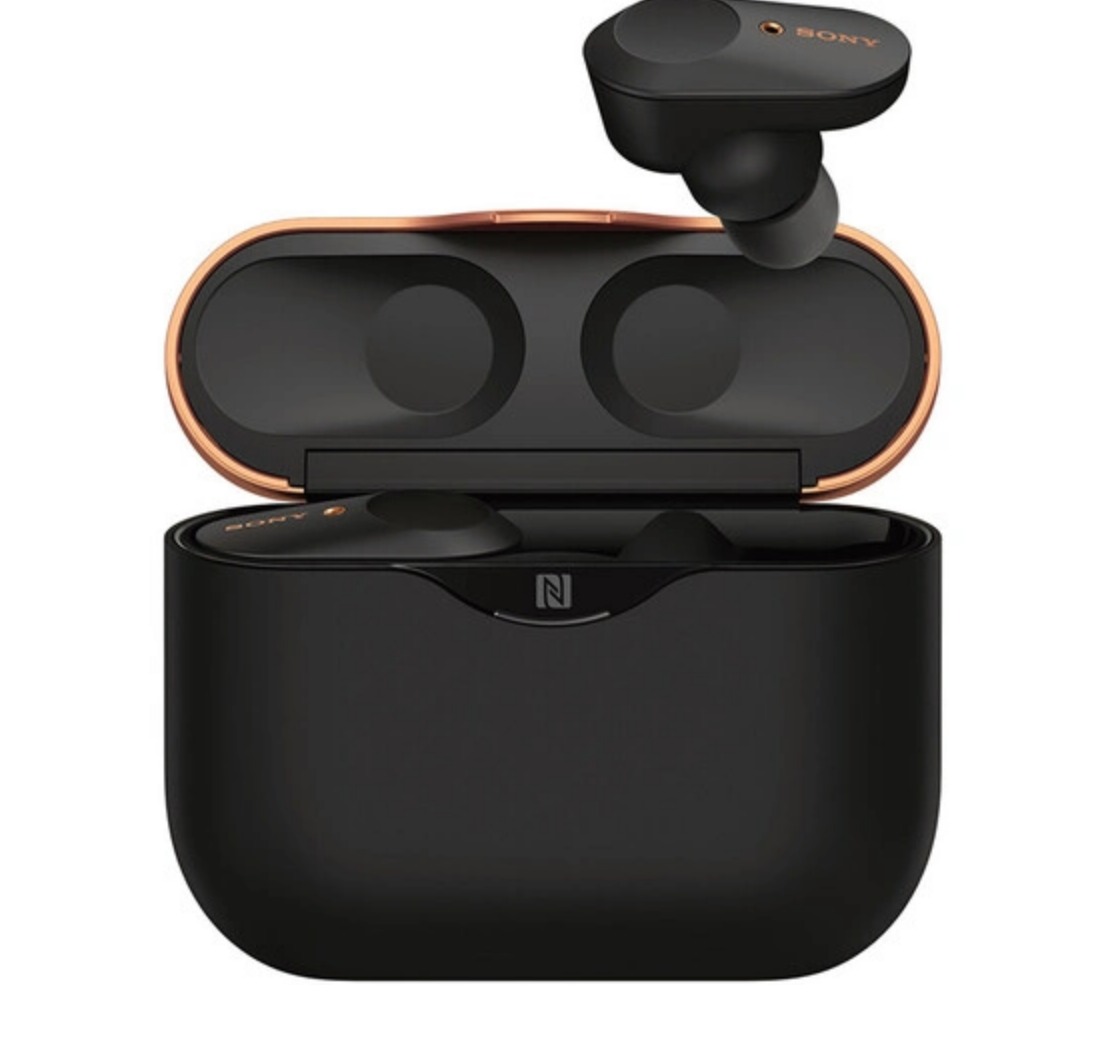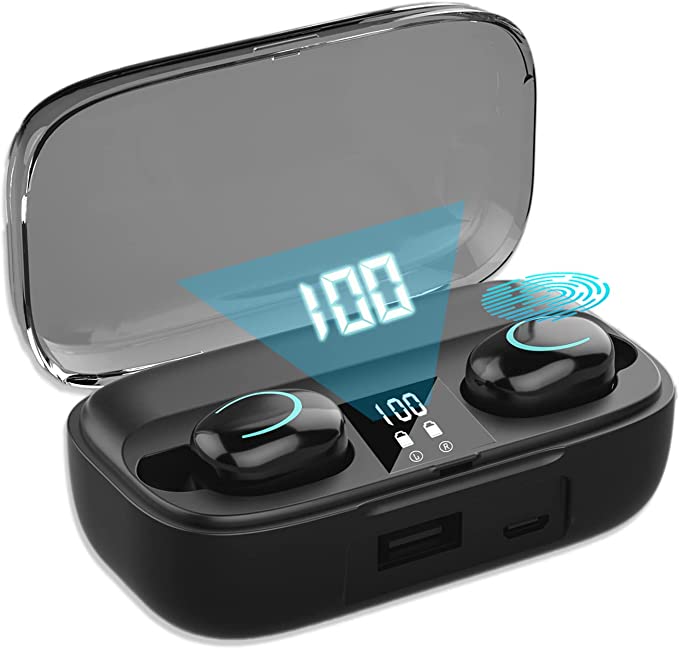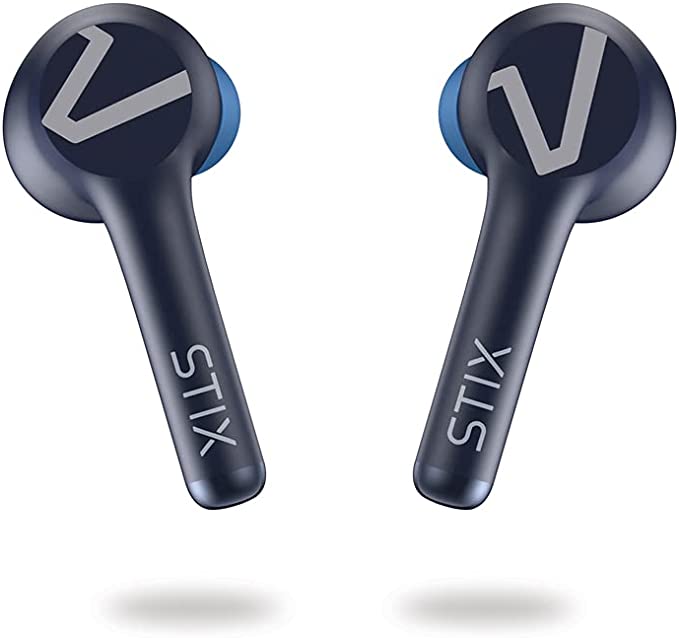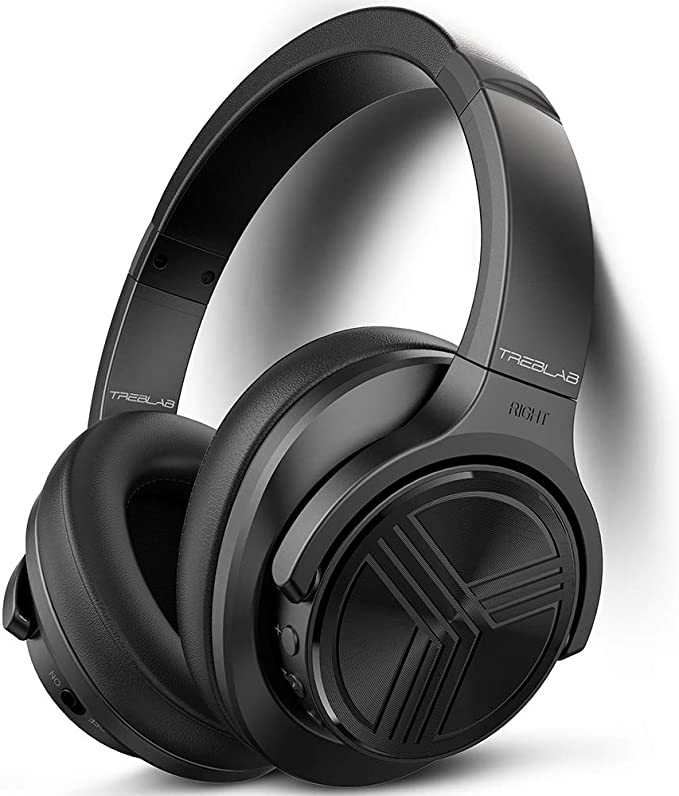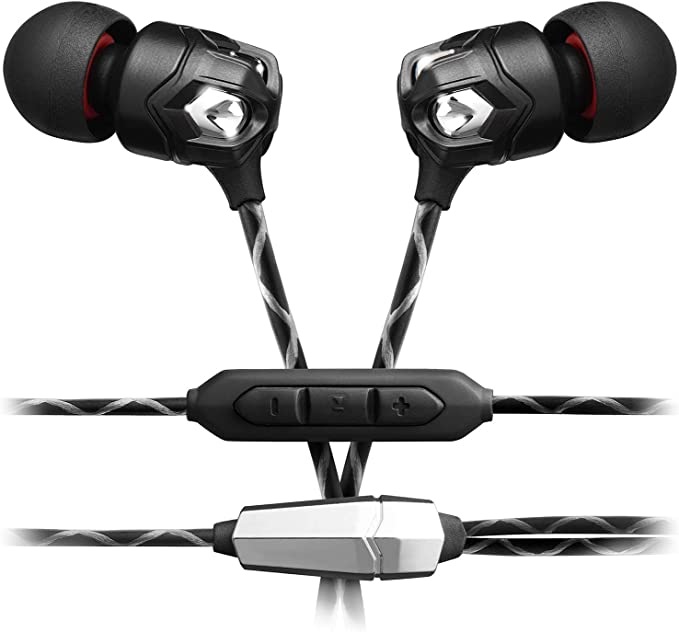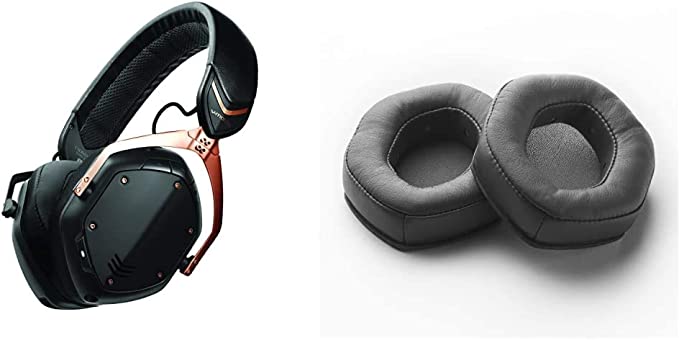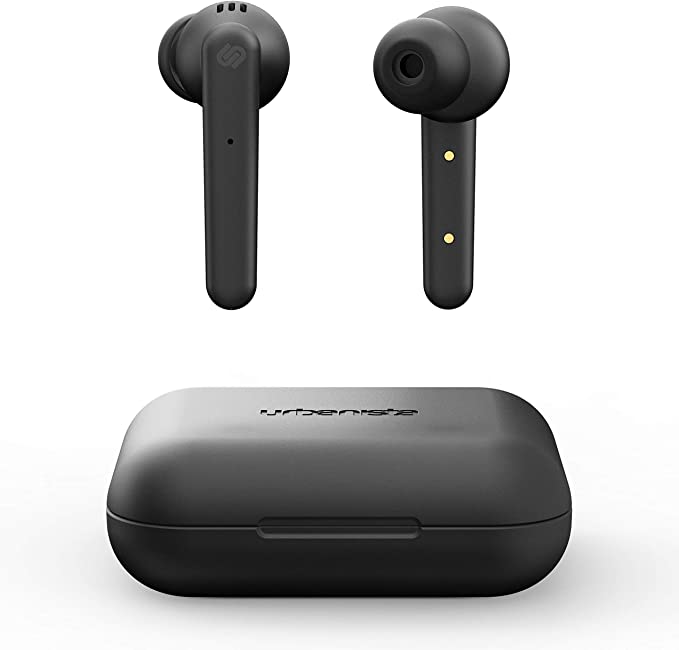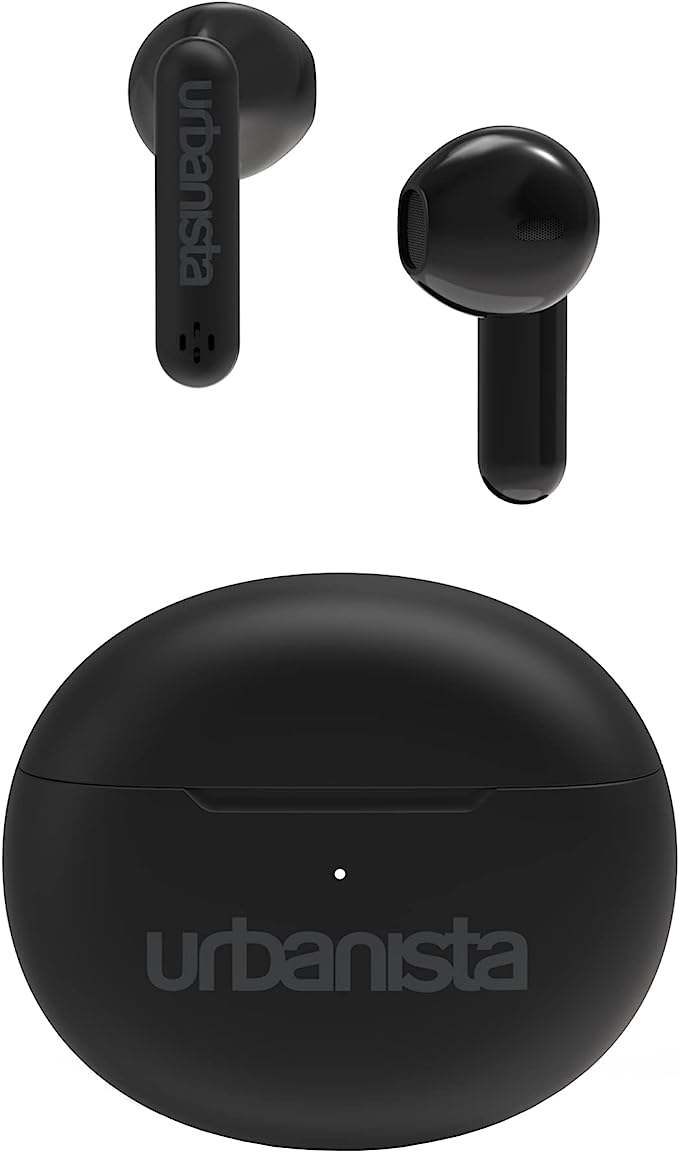Maeline MUC7 USB C Earbuds - Pumping Out Crystal Clear Audio for Your Gadgets
Update on June 30, 2025, 2:17 p.m.
There’s a quiet, almost ritualistic moment of disappointment that has united millions of us in recent years. It’s the moment you unbox a gleaming new smartphone or tablet, run your finger along its smooth, seamless edge, and realize… it’s gone. The small, friendly, circular port that has been a steadfast companion for generations—the 3.5mm headphone jack—has simply vanished. For many, it felt like losing a reliable old friend without so much as a goodbye. And it begs the question: Why? What could possibly justify evicting one of the most universal and beloved pieces of technology from our lives?
The story isn’t one of conspiracy, but of a quiet and relentless revolution happening inside our devices. To understand it, we must first pay our respects. The 3.5mm jack was a marvel of analog simplicity. Born from the telephone switchboards of the 19th century, it became the undisputed king of personal audio. It was democratic, dependable, and it just worked. But in the hyper-competitive world of modern electronics, its very nature became its liability.

The Autopsy: Unraveling the Mystery of the Missing Port
So, what were the official reasons for this technological eviction? The case file points to three main culprits.
First, there was the brutal battle for millimeters. Imagine being an engineer tasked with designing the inside of a smartphone. It’s like playing a game of Tetris on a pinhead, where every fraction of a millimeter is fought for. The 3.5mm jack, despite its small appearance, is a relatively deep, hollow component. Removing it freed up precious internal real estate, paving the way for slightly larger batteries, more sophisticated camera systems, and better haptic engines—the very features we demand in each new generation of devices.
Second was the quest for a more resilient design. Every port is a potential point of entry for our devices’ mortal enemies: water and dust. By sealing that significant opening, engineers could more easily design phones to meet higher IP (Ingress Protection) ratings, creating the water-resistant fortresses we now often take for granted.
Finally, there was the grand vision of digital unification. The industry has been moving towards a single, do-it-all port for years, and the USB-C connector became the chosen one. It was designed from the ground up to handle high-speed data, powerful charging, and high-fidelity video and audio. In this streamlined future, the single-purpose analog jack looked like a relic from a bygone era.

The Unsung Hero: A Translator Hiding in Your Headphone Cable
This all makes sense from an engineering perspective, but it leaves us with a critical problem. The USB-C port speaks digital—a language of ones and zeros. Our ears and the tiny speakers in headphones, however, only understand analog—the smooth, continuous waves of sound. How do you bridge that gap?
The answer lies with an unsung hero of the digital age: the Digital-to-Analog Converter, or DAC. Think of a DAC as a masterful bilingual translator. It listens to the complex, lightning-fast stream of digital data coming from your phone and, in real-time, translates it into the rich, nuanced analog signal that your headphones can turn into music.
For decades, this translator lived comfortably inside your phone, on the main circuit board. But with the 3.5mm jack gone, the DAC was effectively evicted from the device as well. So where did it go? It undertook a great migration. The translator moved out of the phone and found a new home… inside the headphone cable itself.
This is precisely where a product like the Maeline MUC7 USB C In Ear Headphone steps onto the stage. Its cable isn’t just a passive set of wires; it’s an active piece of hardware. Tucked away inside its sleek casing is the very DAC chip that performs this essential translation. It’s the reason you can plug it into your iPad, Samsung Galaxy, or Google Pixel and have it work instantly. The headphone itself has become a self-contained audio system.

Life in the New World: More Than Just a Different Plug
This new breed of headphone is defined by more than just its connector. As the product page for the MUC7 hints with the term “Noise Canceling,” these designs often have clever ways of managing your listening environment. While not to be confused with pricey active noise cancellation (which uses microphones to create anti-noise waves), the MUC7 employs a powerful, low-tech alternative: passive noise isolation.
Think of the in-ear design and the soft silicone tips as a dedicated gatekeeper for your ear canal. By creating a snug, physical seal, they block a significant amount of ambient chatter and external noise from ever reaching your eardrum. It’s less like a sophisticated electronic filter and more like wearing a pair of high-quality earplugs that just happen to play your favorite songs. This allows you to hear more detail in your music without having to crank up the volume to dangerous levels.
Even the simple choice of a 4ft long nylon cord is a nod to practical, real-world engineering. The braided material is inherently more resistant to the tangles, twists, and snags that spell doom for lesser cables, while the built-in microphone and remote control restore the hands-free convenience we’ve always valued.

Embracing the Digital Stream
The disappearance of the headphone jack felt abrupt, and for many, inconvenient. But it wasn’t a decision made lightly. It was the result of a quiet revolution, a deliberate step away from a century-old analog standard and a full embrace of a more integrated digital future. While we lost a familiar port, the solution that emerged is arguably more clever and resilient. The answer to the puzzle wasn’t a clunky adapter, but a smarter cable.
It’s a perfect illustration of how technology evolves—often invisibly. The proof is in unassuming, practical devices like the Maeline MUC7, which quietly house the sophisticated solution to a very modern problem, delivering the soundtrack to our lives, one perfectly translated digital bit at a time.


